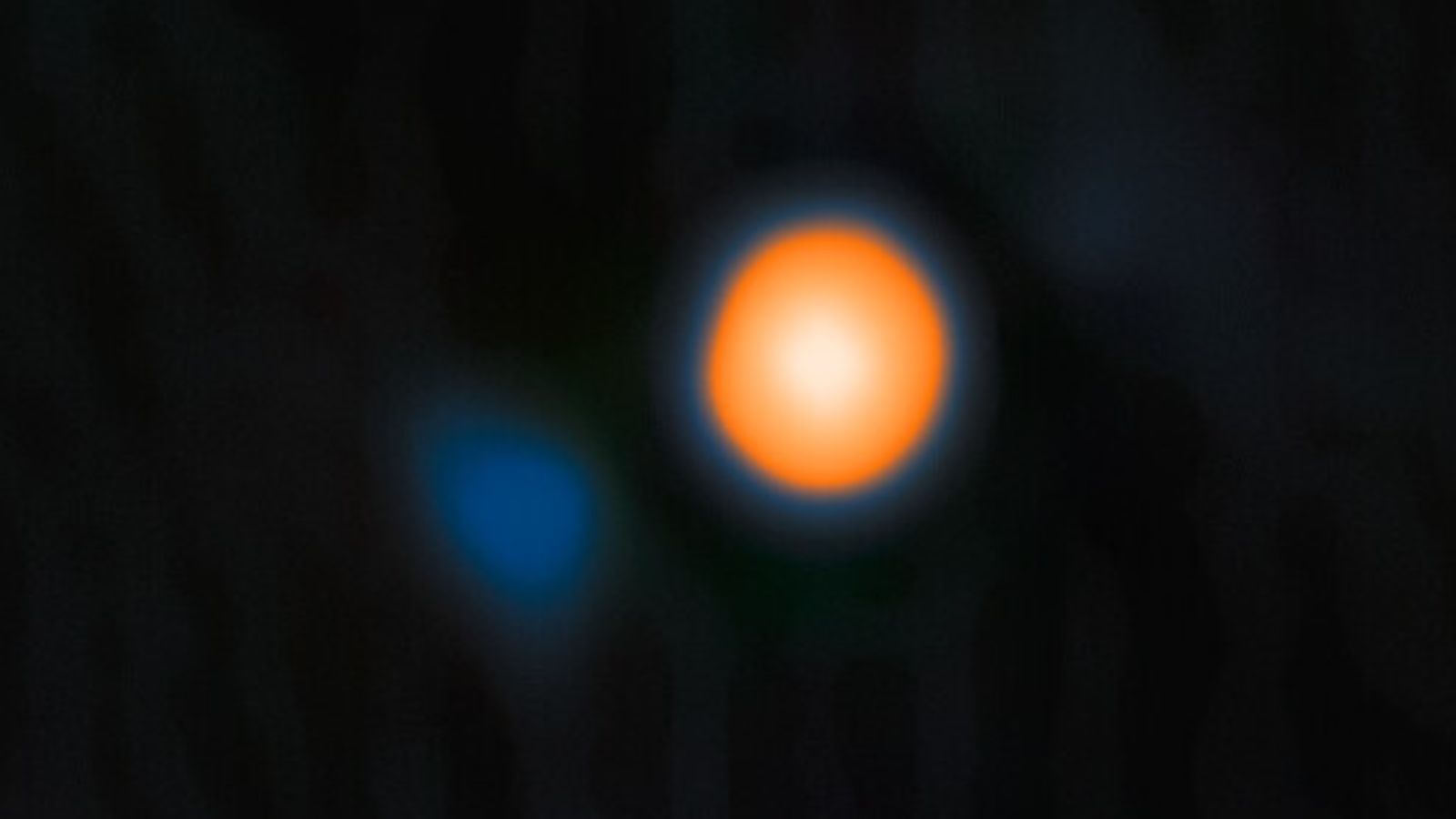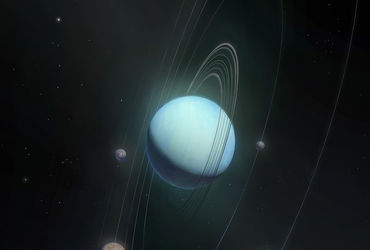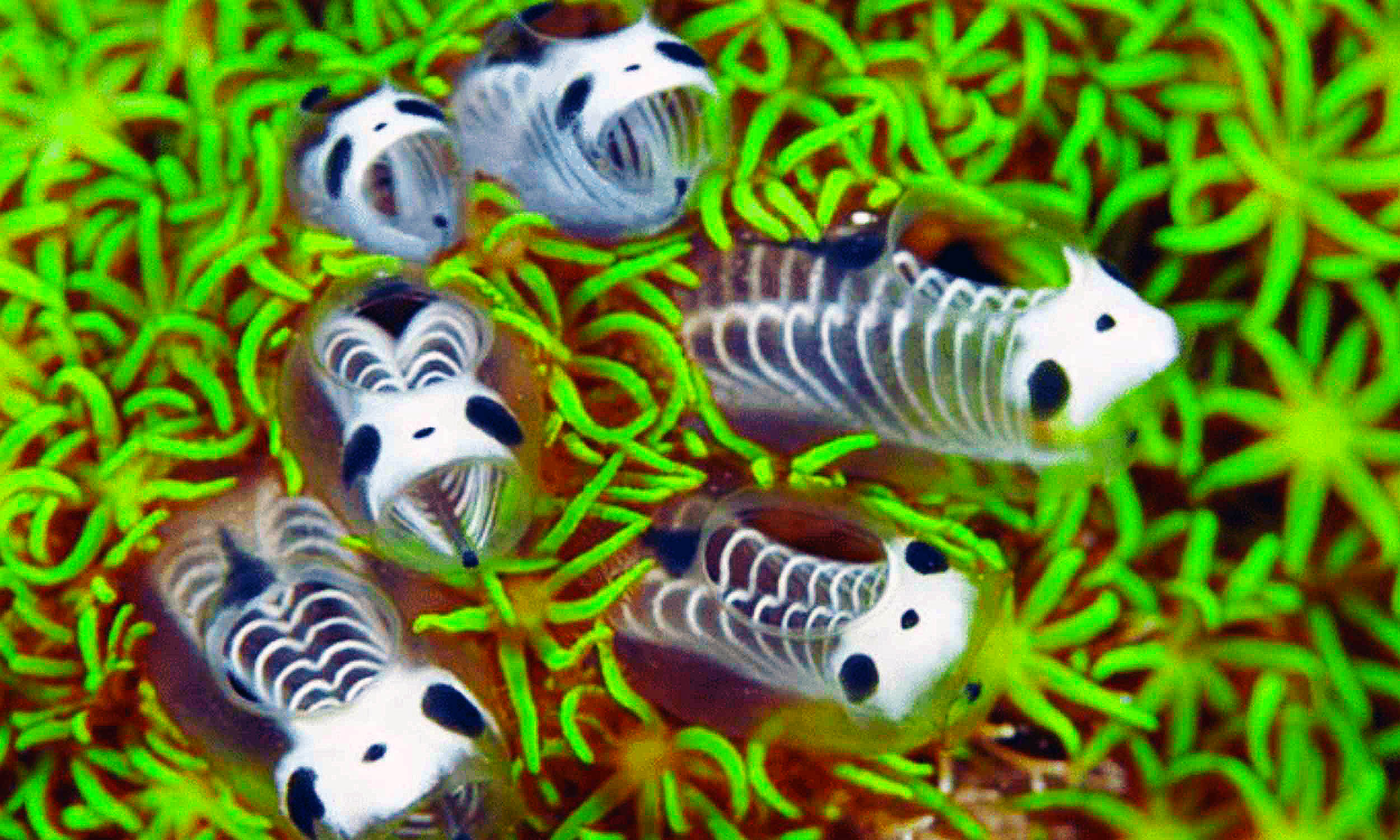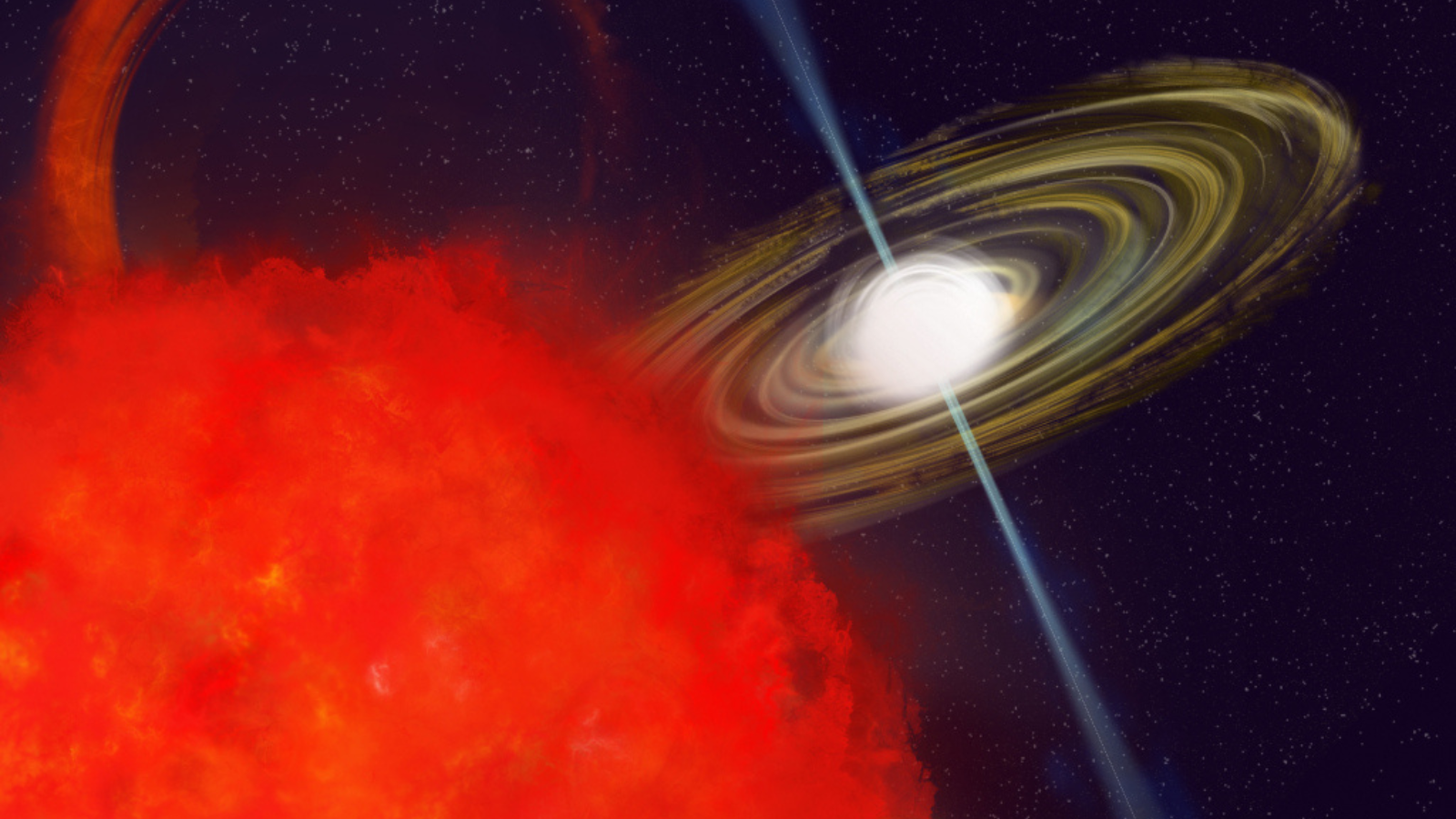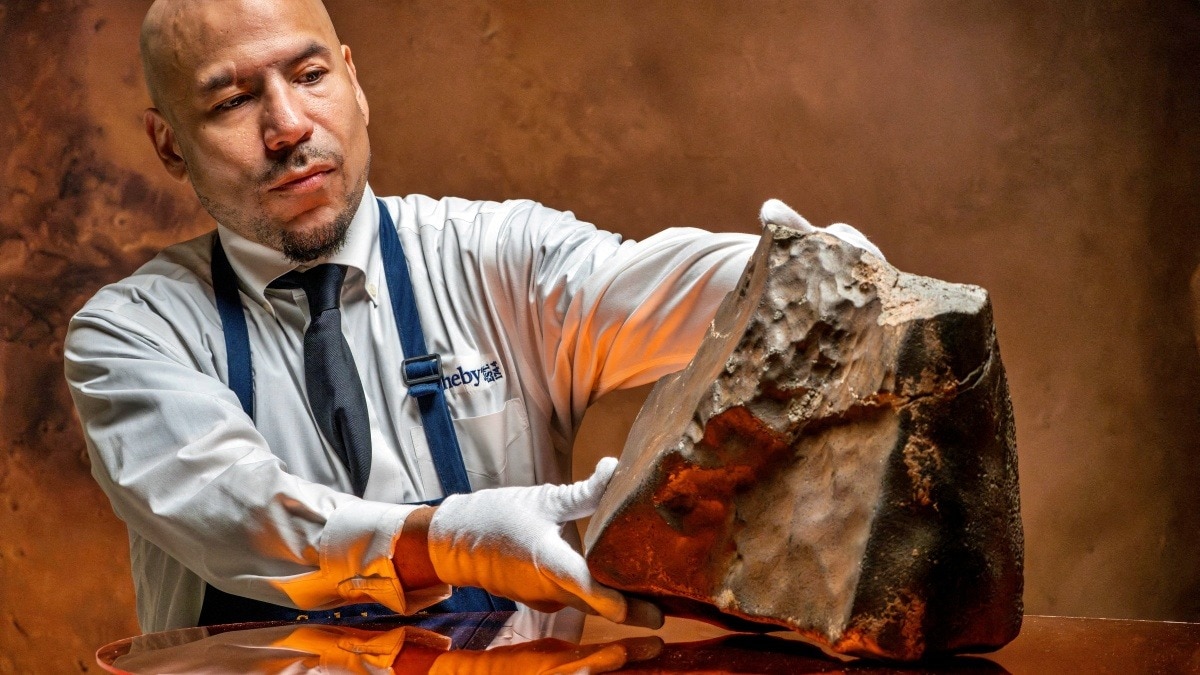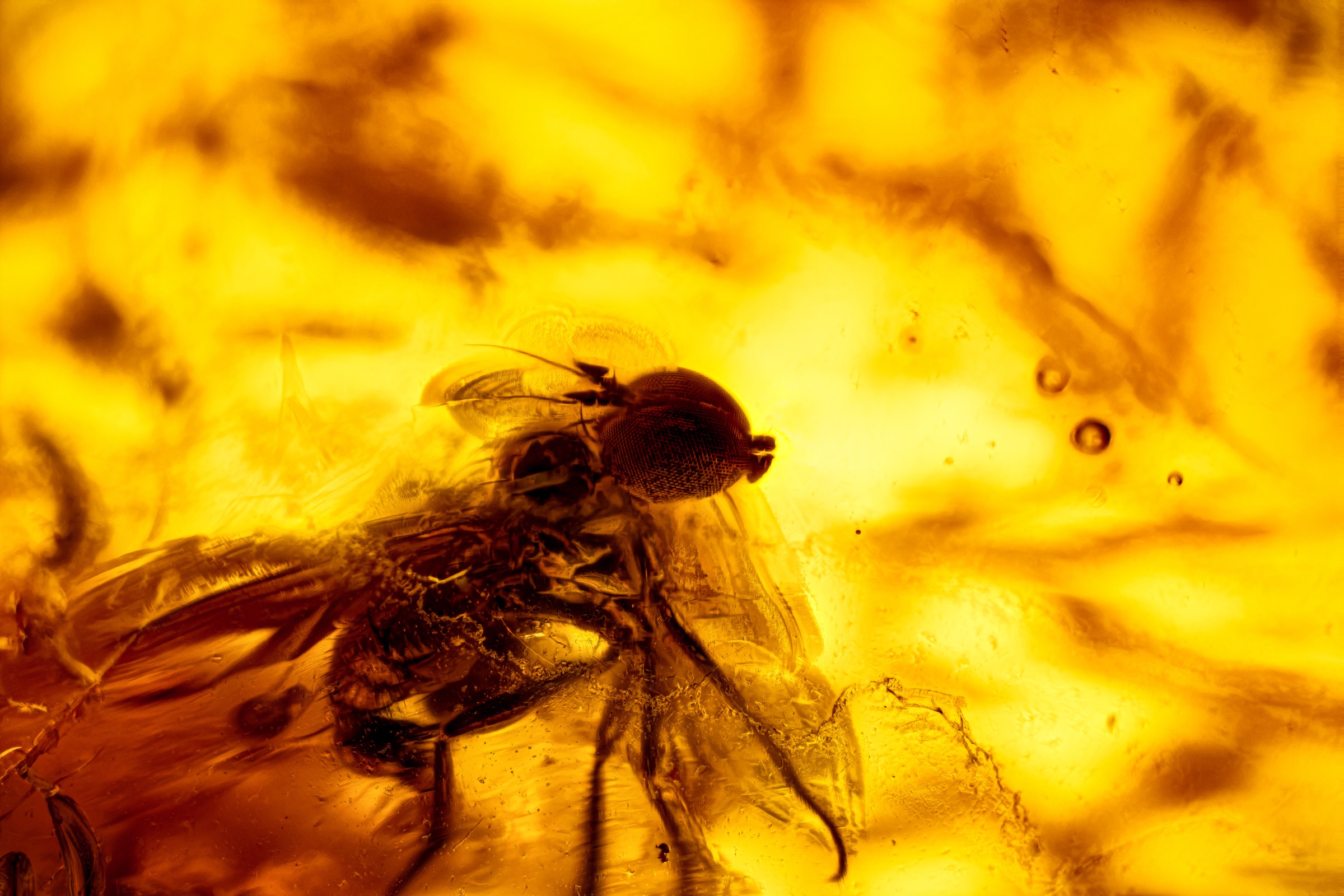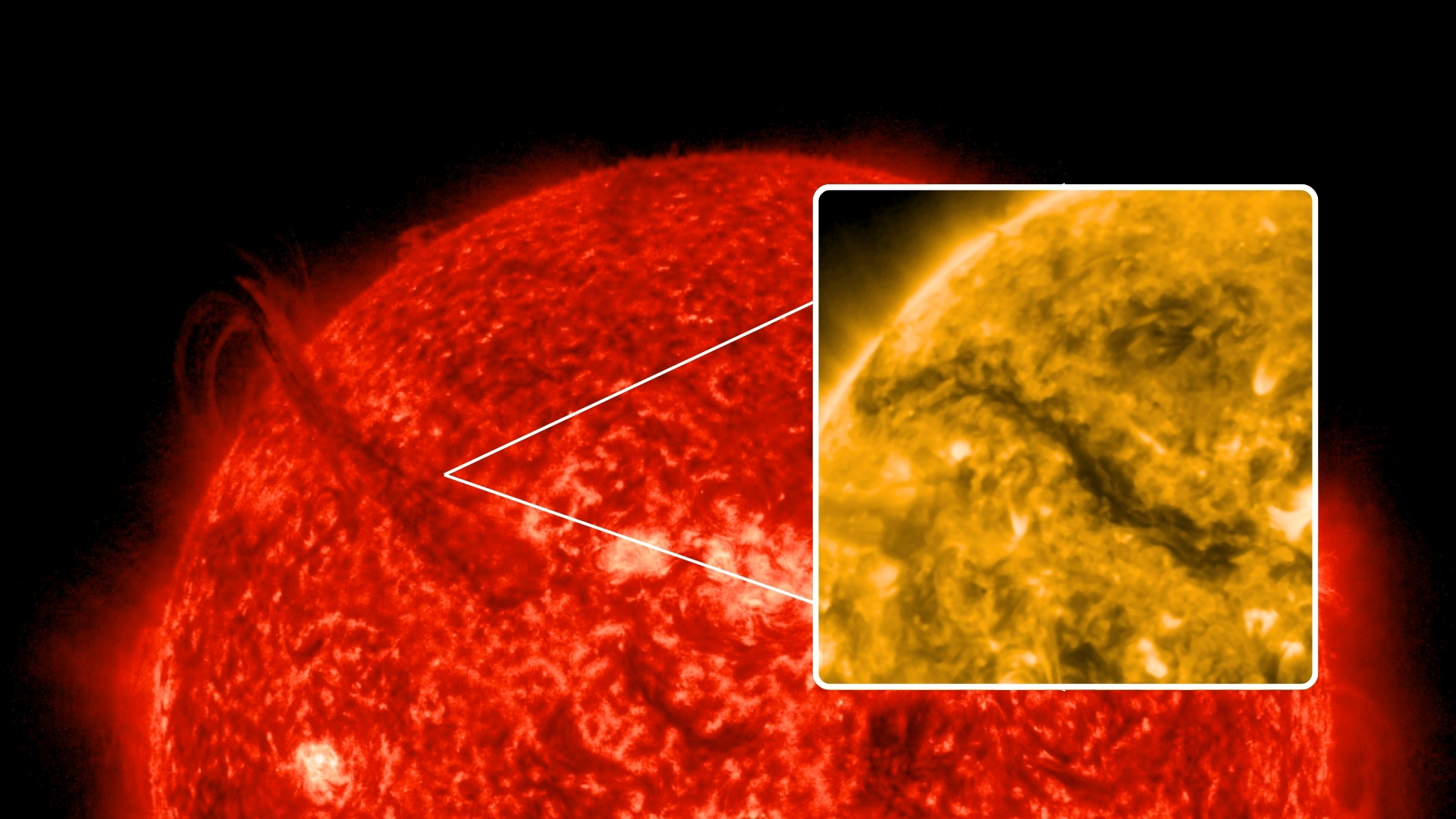The Arctic's Shocking Transformation: Is Winter Gone Forever?

Imagine standing where glaciers once towered, only to find yourself surrounded by melting ice and blooming vegetation. This isn't a scene from a dystopian movie—it's a shocking reality documented by scientists in the Arctic.
A groundbreaking commentary in Nature Communications by Dr. James Bradley, a Reader in Environmental Science at Queen Mary University of London, reveals a startling trend: the Arctic winter is changing at a pace that leaves even seasoned researchers in disbelief.
During a fieldwork expedition in Svalbard in February 2025, Dr. Bradley and his team faced exceptionally high temperatures that have never been recorded before. Svalbard, a region warming at an astonishing six to seven times the global average, is at the frontline of the climate crisis. With winter temperatures climbing nearly double the annual average, the once-reliable frozen landscapes are transforming rapidly.
Dr. Bradley recounts his experience: "Standing in pools of water at the snout of the glacier, or on bare, green tundra, was shocking and surreal. The thick snowpack covering the landscape vanished within days. The gear I packed felt like a relic from another climate." No longer were they bundled in thermal layers and insulated gear. They found themselves working bare-handed in the rain, an unthinkable scenario for winter fieldwork.
Co-author Laura Molares Moncayo, a Ph.D. student, echoed the team's frustrations: "The goal of our fieldwork campaign was to study freshly fallen snow. But over a two-week period, we were only able to collect fresh snow once, as most of the precipitation fell as rain. This lack of snowfall in the middle of winter undermines our ability to establish a representative baseline for frozen-season processes." The implications of this shift are profound, not just for researchers, but for the entire Arctic ecosystem.
As the researchers navigated melting conditions, they saw firsthand the rapid changes in the Arctic's physical environment. The melting threshold of 0°C has a cascading effect on everything from microbial carbon cycling to the survival of Arctic wildlife. The observed meltwater pooling above frozen ground, creating vast temporary lakes, significantly reduces snow cover, further exposing the bare ground to biological activity and accelerating the challenges posed to the ecosystem.
Dr. Bradley's commentary issues an urgent call to action: climate policy must adapt to the fact that the Arctic is changing faster than anyone anticipated. He emphasizes, "Winter is at the heart of that shift." The researchers stress that increased investment in wintertime monitoring is essential to understanding these rapidly evolving conditions.
Moreover, the authors highlight the necessity for policymakers to transition from reactive to anticipatory strategies, recognizing winter as a critical season of risk. The unexpected conditions during their expedition illustrated how mid-winter warming could strain the resources of remote Indigenous Arctic communities.
With winter science operations now in jeopardy, researchers must confront safety concerns regarding their work in an environment that is shifting under their feet. As Dr. Bradley succinctly puts it, the commentary titled "Svalbard winter warming is reaching melting point" serves as a stark reminder that the new Arctic reality is here, and it demands immediate attention.












